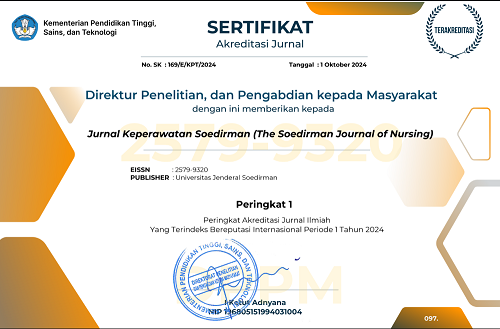Gender-Based Risk Factors for Urinary Incontinence among Older Adults Living in Nursing Homes in Indonesia: A Cross-Sectional Study
Abstract
Urinary incontinence (UI) is a prevalent condition that disproportionately affects institutionalized older adults and manifests differently across genders. This study aimed to examine gender-based risk factors associated with UI among older adults living in nursing homes. A cross-sectional study was conducted involving 317 older adults from four government-run nursing homes. Participants were selected using purposive sampling based on inclusion criteria. Participants completed the Questionnaire for Urinary Incontinence Diagnosis (QUID), the Geriatric Depression Scale (GDS), and the Pelvic Floor Distress Inventory-20 (PFDI-20). Data were analyzed using descriptive statistics and logistic regression across three models (overall, female, and male). The prevalence of UI was 28.07%, with higher rates among females (15.77%) compared to males. Pelvic floor muscle weakness was significantly associated with UI in all models. Among women, reproductive factors such as a menopause duration exceeding 10 years and a history of childbirth were also significantly associated with an increased risk of UI. Education level emerged as a significant confounding variable in the general model. Pelvic floor muscle weakness is a key gender-linked risk factor for UI, particularly among women with specific reproductive histories. These findings underscore the importance of incorporating gender-responsive assessments and pelvic floor interventions into institutional geriatric care practices.






.png)




_3.png)

 Kampus keperawatan unsoed
Kampus keperawatan unsoed  Published By Jurusan Keperawatan FIKES UNSOED
Published By Jurusan Keperawatan FIKES UNSOED jks@unsoed.ac.id
jks@unsoed.ac.id

